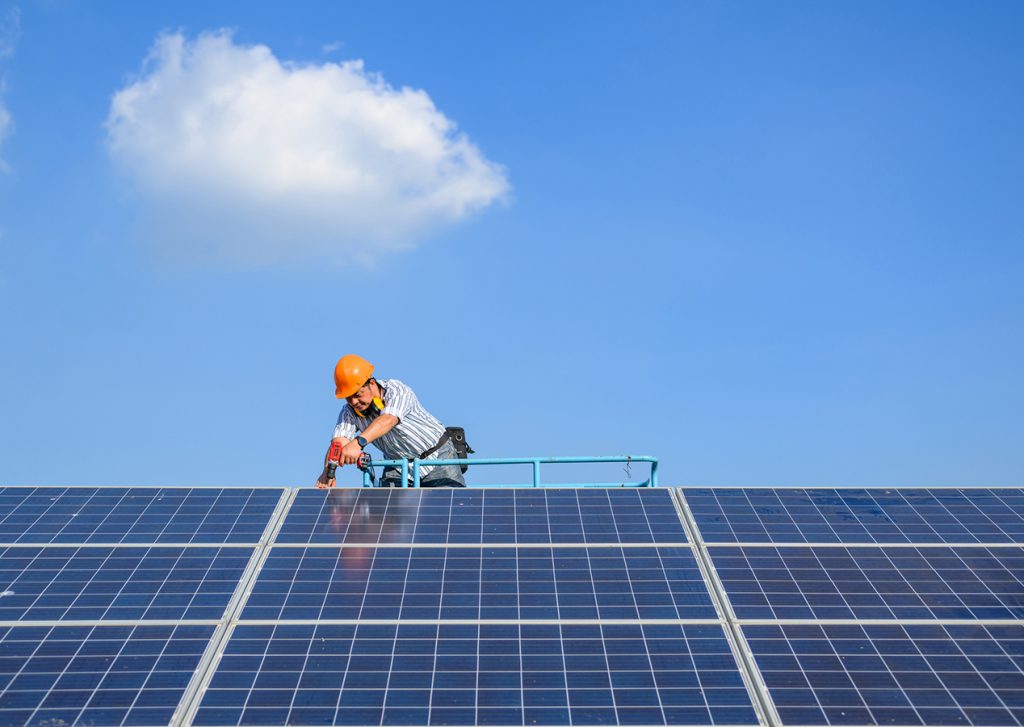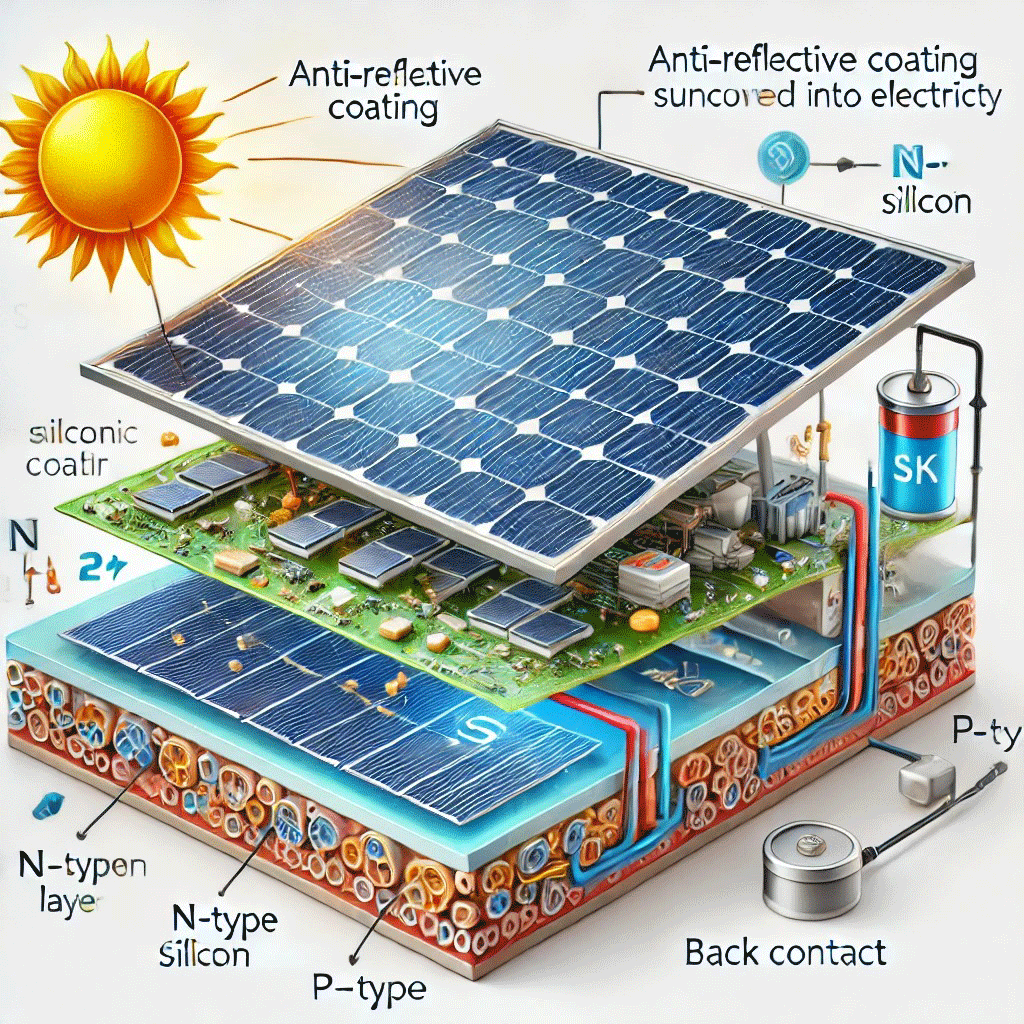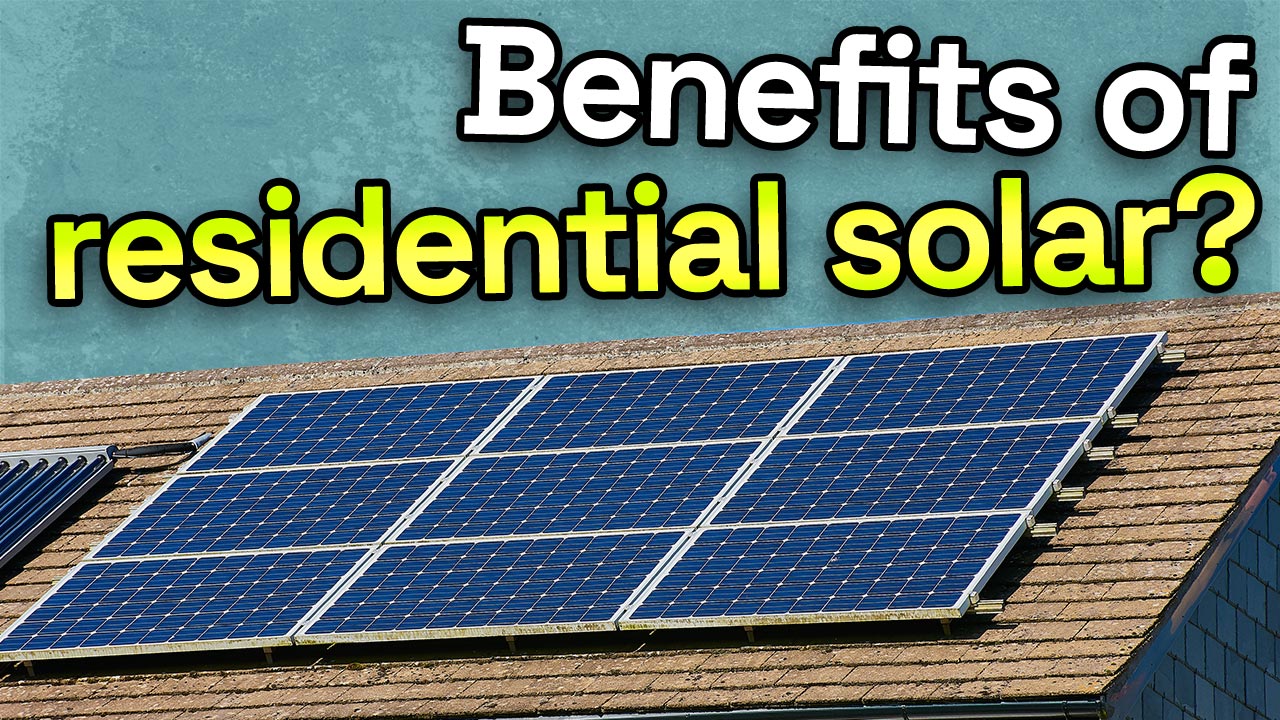Simply Solar Illinois: Eco-Friendly Solar Solutions to Power Your Home
Simply Solar Illinois: Eco-Friendly Solar Solutions to Power Your Home
Blog Article
Solar Power 101: A Newbie's Guide to Sustainable Power Solutions
As the globe significantly shifts in the direction of lasting energy services, recognizing the principles of solar power ends up being essential for both people and businesses. By exploring the advantages of solar technology, alongside the monetary motivations and setup processes, one can get a clearer viewpoint on exactly how to successfully incorporate this renewable source right into their power strategy.
Comprehending Solar Power
At its core, recognizing solar power involves understanding the fundamental concepts of exactly how sunshine can be converted right into useful power. Solar power is obtained from the sun's radiation, which can be utilized through numerous technologies. The key system for this conversion is the photovoltaic result. This sensation takes place when sunlight strikes semiconductor products, normally silicon-based, within solar batteries. The energy from the sunshine excites electrons in the semiconductor, allowing them to stream openly and generate straight existing (DC) power.

Understanding solar power also entails acknowledging its environmental advantages. By making use of sunshine, we can minimize greenhouse gas exhausts and decrease air pollution, adding to a more lasting future. The developments in modern technology and efficiency of planetary systems continue to boost their feasibility, making solar power an increasingly appealing choice for global power requirements.
Types of Solar Power Systems
Different kinds of solar energy systems are generally utilized to harness solar power for electrical energy generation. The key categories consist of solar (PV) systems, focusing solar power (CSP) systems, and solar thermal systems.
Solar systems use photovoltaic panels made up of silicon cells that transform sunshine straight into power. These systems are versatile and can be installed on roofs, ground mounts, or incorporated into structure materials.
Focusing Solar Power systems, on the other hand, utilize mirrors or lenses to focus sunshine onto a small area, producing heat that drives a vapor turbine to create electricity - Simply Solar Illinois. CSP systems are usually released in massive nuclear power plant and call for direct sunshine, making them much less ideal for over cast areas

Each kind of solar power system has its special characteristics, applications, and viability depending on geographic location, power demands, and budget plan, making it vital to assess alternatives based upon particular circumstances. - Simply Solar Illinois

Advantages of Solar Energy
Harnessing solar power through different systems not only gives a lasting method to produce electricity but additionally uses a multitude of benefits. One of one of the most significant benefits is the decrease in greenhouse gas emissions, adding to a cleaner environment and combating climate change. Solar power is renewable, suggesting it is limitless and available as long as the sunlight shines, unlike fossil gas, which are finite and depleting.
Additionally, solar power can result in significant cost savings in time. Property owners and services can reduce their electrical energy expenses considerably, and in numerous instances, they may gain credit ratings for excess energy generated with web metering. In addition, the solar market develops jobs, from manufacturing to installation, boosting local economic situations.
Another compelling advantage is power self-reliance. By creating their own power, people and communities can reduce dependence on exterior energy resources, enhancing durability versus fluctuating power prices and supply weblink disruptions. Furthermore, solar energy systems require marginal maintenance, making them a practical alternative for lasting power generation.
Setup Process Summary
The installment procedure for solar power systems commonly includes a number of crucial steps that make sure efficient assimilation into a property. Initially, a detailed site analysis is conducted to evaluate the roofing system's alignment, shading, and architectural honesty, which are crucial to optimizing photovoltaic panel efficiency. Following this evaluation, the design phase starts, where a customized solar power system is configured based upon the house owner's energy demands and choices.
When the layout is wrapped up, the necessary authorizations and approvals are gotten from local authorities, ensuring compliance with policies. The actual installment entails placing the solar panels on the roof covering or ground, linking them to an inverter, and incorporating the system with the property's electric setup. This phase may likewise involve installing battery storage space systems, depending on the design.
With the installation complete, the solar energy system can start generating renewable power, contributing to sustainability and reducing energy costs. This organized strategy guarantees that solar systems are both efficient and trustworthy, maximizing their lasting advantages.
Financial Rewards and Financial Savings
Checking out the monetary rewards and financial savings associated with solar power systems can considerably boost the appeal of making the switch to renewable resource. Various rewards exist at federal, state, and regional degrees, created to reduce the preliminary costs associated with solar setup. One of the most noteworthy rewards is the government solar tax credit score, which allows home owners to deduct a portion of their solar system installation expenses from their federal tax obligations. As of 2023, this credit scores stands at 30%, supplying considerable cost savings.
In addition to tax credit histories, lots of states offer discounts that can additionally reduce upfront expenses. Some utility business also provide performance-based incentives, satisfying solar power production with time. Financing alternatives, such as solar fundings and leases, enable customers to install systems with little to no down payment, making try this out solar power extra accessible.

Long-lasting savings are another essential aspect. By creating their own electricity, home owners can dramatically lower or also remove their monthly power bills. In addition, solar systems can increase home values, giving a solid return on investment. On the whole, the mix of motivations and cost savings makes solar energy a financially attractive option for many families.
Conclusion
To conclude, solar energy stands for an important element of sustainable power solutions, offering a path toward minimized carbon footprints and boosted ecological defense. The varied kinds of solar energy systems, coupled with significant monetary incentives, promote wider adoption amongst individuals and neighborhoods. Understanding the setup procedures and advantages connected with solar power equips stakeholders to make click reference informed decisions. Ultimately, the shift to solar power not just cultivates environmental duty but also promotes financial cost savings and power self-reliance.
Report this page